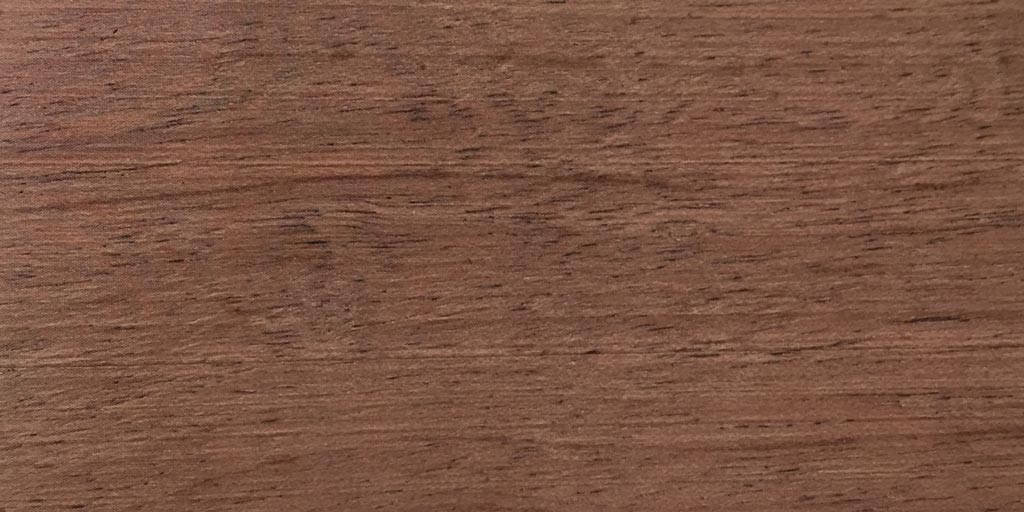
Countries of origin and local name
D.R. of the Congo: Waka, Kankoda
Gabon: Nkaga
Habitat
Afrormosia is a rare tree species found in West and Central Africa, including the countries of Ivory Coast, Nigeria, Ghana, Cameroon, and the Congo states. The tree grows primarily in groups.
Tree description
Afrormosia is a large tree reaching heights of 30-50 m (98-164 ft). The straight and cylindrical trunk is 60-160 cm (2-5 ft) in diameter, and is clear of branches for up to 30 m (98 ft). The scale-like bark is fibrous with strong red marks.
Wood description
The sapwood, about 3 cm (1.2 in) thick, is a lightly-colored mixture of white, green, and yellow. The core wood is greenish-brown with a silky luster and often displays greenish-red stripes. Pores may be filled with tannin, which can form calcium marks.
| DURABILITY CLASS | II |
| RAW DENSITY | 0.80 - 0.95 g/cm3 |
| BENDING STRENGTH | 140 N/mm2 |
| COMPRESSION strength | 70 N/mm2 |
| E-Module | 13,000 N/mm2 |
| Volume dwindle | 14.4 % |
| Radial shrinkage | |
| Tangential shrinkage |
Property and application
This hard, heavy wood possesses good compression and bending strengths. It is also durable and resistant to insects and weather, furthermore, its internal stores of resin provide protection against fungus. Wamba’s favorable mechanical properties make it suitable for a variety of application of factory and solid wood floors, tool tables, staircases, window profiles, and truck platforms. It also serves as a general construction timber for both interior and exterior projets and can be used to produce work of art.
How to use it
Very Good
Flooring, Walls, decking, Doors, Construction wood, Ship, rail & truck building
Good
Furniture, Paneling, Intarsia works, Cabinetmaking, Rotary cut veneer, Flat sawn veneer, Staircases, Weapons industry, Window frames, Laboratory furniture & fittings
Usable
Not Good
Musical instrument, Modeling, Plywood, Blind veneer
